Views : 1139
Author : Lina
Update time : 2022-08-05 17:01:06
How do you measure what is truly eco-friendly? Rivta seeks to be eco-friendly by recycling.
As a producer of sustainable packaging, it's really reassuring to see raw material suppliers evolve their business models to include advanced recycling as part of their push to 'recycle' as much plastic as possible. I've spent a lot of time adding recycling options. Such as recycled plastic, recycled nylon, recycled PVB, etc.
I think the benefits of recycling are even greater, it reuses valuable resources, reduces greenhouse gas emissions, and other sustainability benefits. But a lot of times, the discussion about recycling turns into a black-and-white debate: Either it's recyclable or it's not environmentally friendly. As much as I value recycling, we occasionally need to step back and ask ourselves: Is recycling the only measure of sustainability?
The answer is of course no.
The level of recycling should be: reduce, reuse, recycle. This hierarchy is designed to improve environmental sustainability, meeting our own needs without compromising the ability of future generations to meet their own needs. Environmental sustainability goes beyond recycling cans and bottles. It includes energy and natural resource use, air/water emissions, climate change, waste generation, etc.
As a manufacturing company, we typically have discussions around materials, packaging and products. In general, reduce the consumption of non-renewable energy and natural resources, reduce the emission of waste gas and waste water, and have no harmful impact on the climate and the environment; reducing the generation of waste will be the yardstick for our research, development and promotion of sustainable development;
We also call on governments and experts to study the comparative benefits, resource use, resource efficiency and carbon impacts of plastics, textiles, wood, cash crops, paper and other materials. The study will cover the entire life cycle of a material - extraction, processing, transport, production, packaging, use, handling and recycling/recycling of raw materials.
Basically, a comprehensive measure of sustainability is very useful for our day-to-day business guidance. It can contribute to sustainable material stewardship programs; it can inform brands how to choose packaging and materials for products. Even consumers can better understand the science behind sustainability.
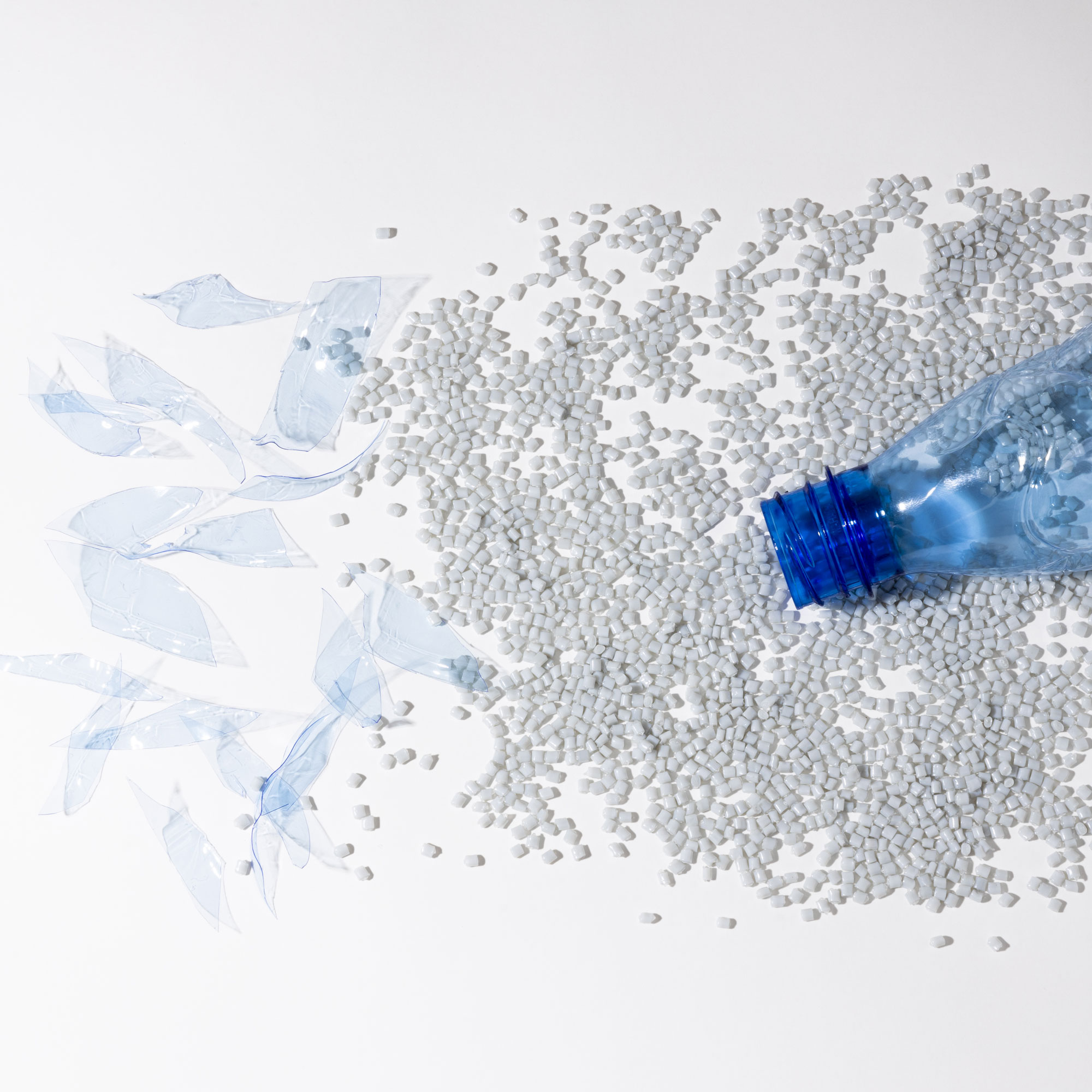
As a producer of sustainable packaging, it's really reassuring to see raw material suppliers evolve their business models to include advanced recycling as part of their push to 'recycle' as much plastic as possible. I've spent a lot of time adding recycling options. Such as recycled plastic, recycled nylon, recycled PVB, etc.
I think the benefits of recycling are even greater, it reuses valuable resources, reduces greenhouse gas emissions, and other sustainability benefits. But a lot of times, the discussion about recycling turns into a black-and-white debate: Either it's recyclable or it's not environmentally friendly. As much as I value recycling, we occasionally need to step back and ask ourselves: Is recycling the only measure of sustainability?
The answer is of course no.
The level of recycling should be: reduce, reuse, recycle. This hierarchy is designed to improve environmental sustainability, meeting our own needs without compromising the ability of future generations to meet their own needs. Environmental sustainability goes beyond recycling cans and bottles. It includes energy and natural resource use, air/water emissions, climate change, waste generation, etc.
As a manufacturing company, we typically have discussions around materials, packaging and products. In general, reduce the consumption of non-renewable energy and natural resources, reduce the emission of waste gas and waste water, and have no harmful impact on the climate and the environment; reducing the generation of waste will be the yardstick for our research, development and promotion of sustainable development;
We also call on governments and experts to study the comparative benefits, resource use, resource efficiency and carbon impacts of plastics, textiles, wood, cash crops, paper and other materials. The study will cover the entire life cycle of a material - extraction, processing, transport, production, packaging, use, handling and recycling/recycling of raw materials.
Basically, a comprehensive measure of sustainability is very useful for our day-to-day business guidance. It can contribute to sustainable material stewardship programs; it can inform brands how to choose packaging and materials for products. Even consumers can better understand the science behind sustainability.

Related News
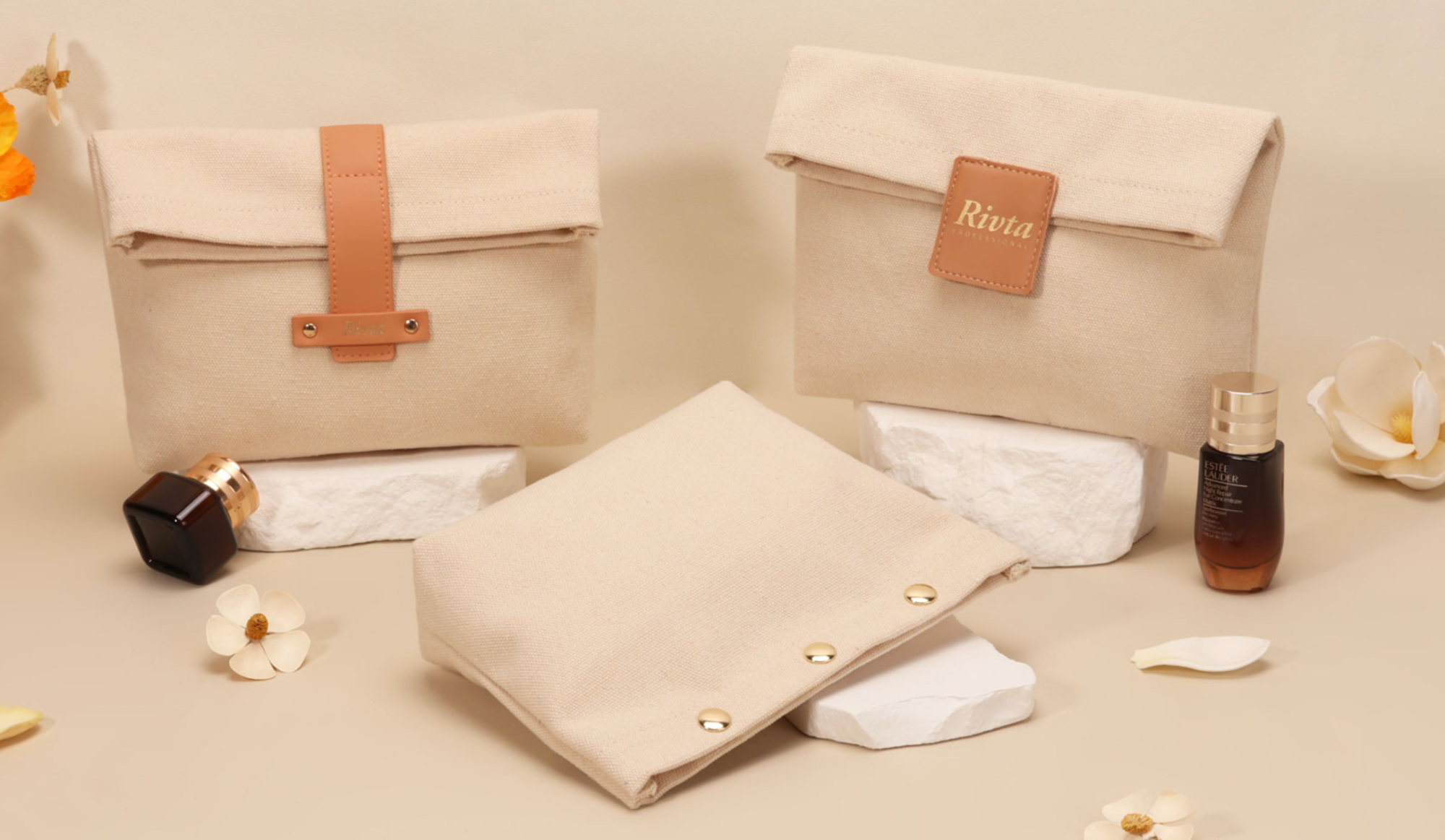
How Custom Canvas Bags Help Skincare Brands Stand Out in Retail Promotions and Sampling
Aug .05.2025
In today's competitive skincare market, brands constantly seek innovative ways to create memorable experiences. While product efficacy is paramount, packaging and promotional materials have become powerful tools for differentiation and consumer engagement
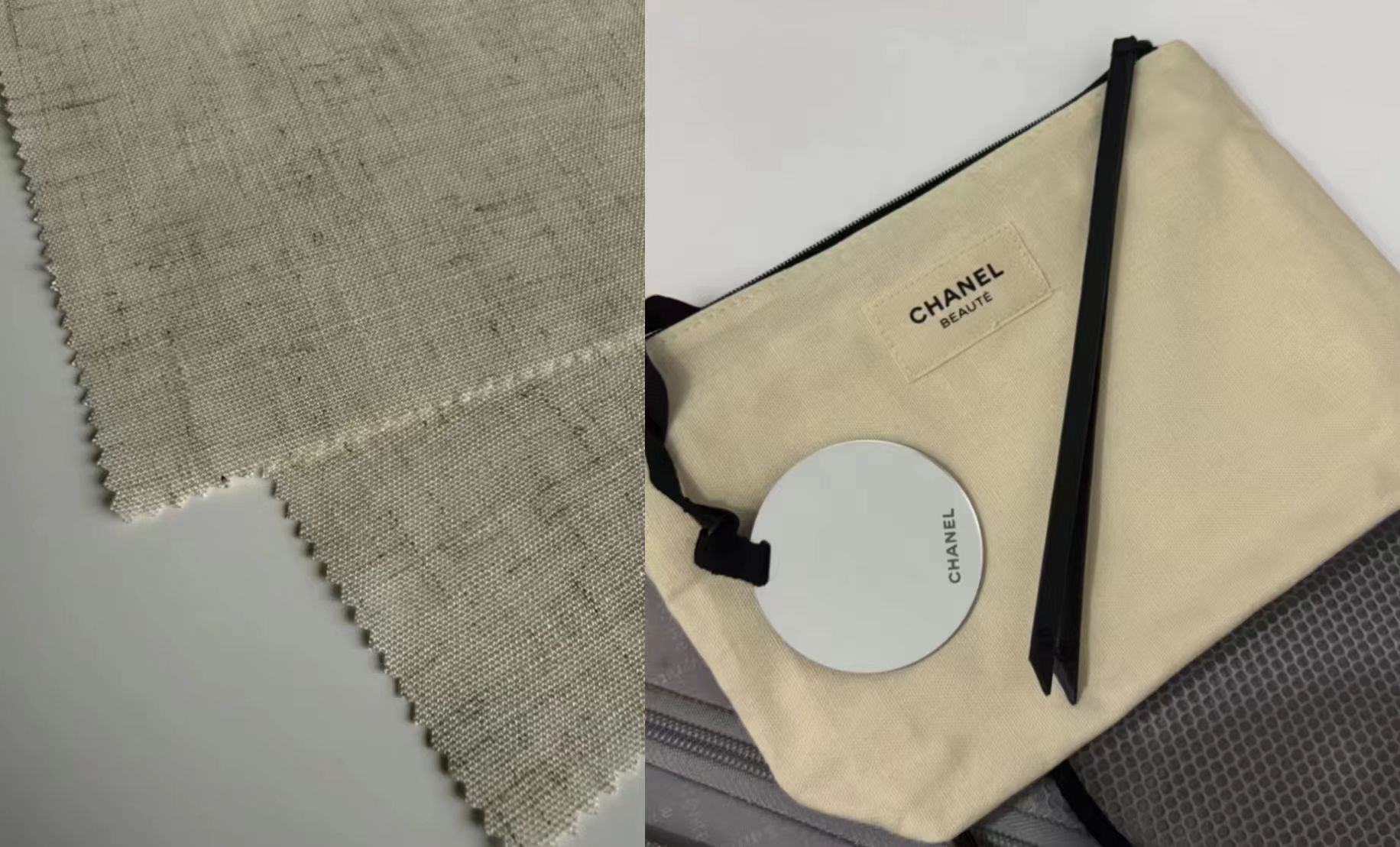
The Natural Choice That Sells Itself: How Linen Cotton Bags Transform Your Brand Into a Lifestyle Statement
Aug .04.2025
Consumers today expect brands to reflect their values, and few choices speak sustainability louder than natural fabrics. Linen–cotton bags blend the charm of linen with the softness of cotton, creating a reusable accessory that reinforces a brand's eco-fr
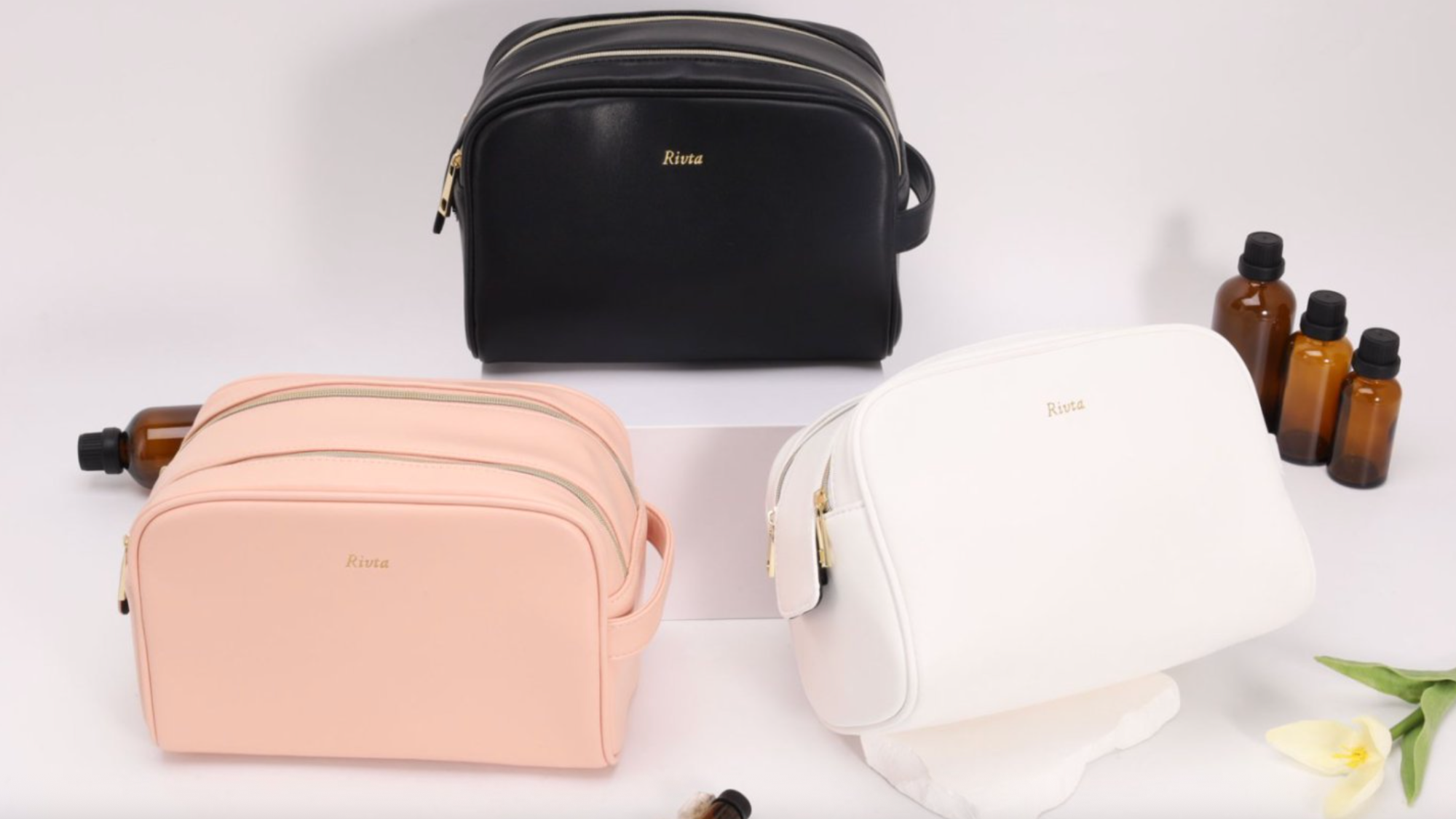
How Premium Cosmetic Bags Boost Engagement at Skincare Events
Aug .01.2025
In the dynamic world of beauty, particularly within the skincare sector, the landscape of consumer interaction is rapidly evolving. Gone are the days when a simple product display sufficed. Today, brands are challenged to create immersive, memorable exper
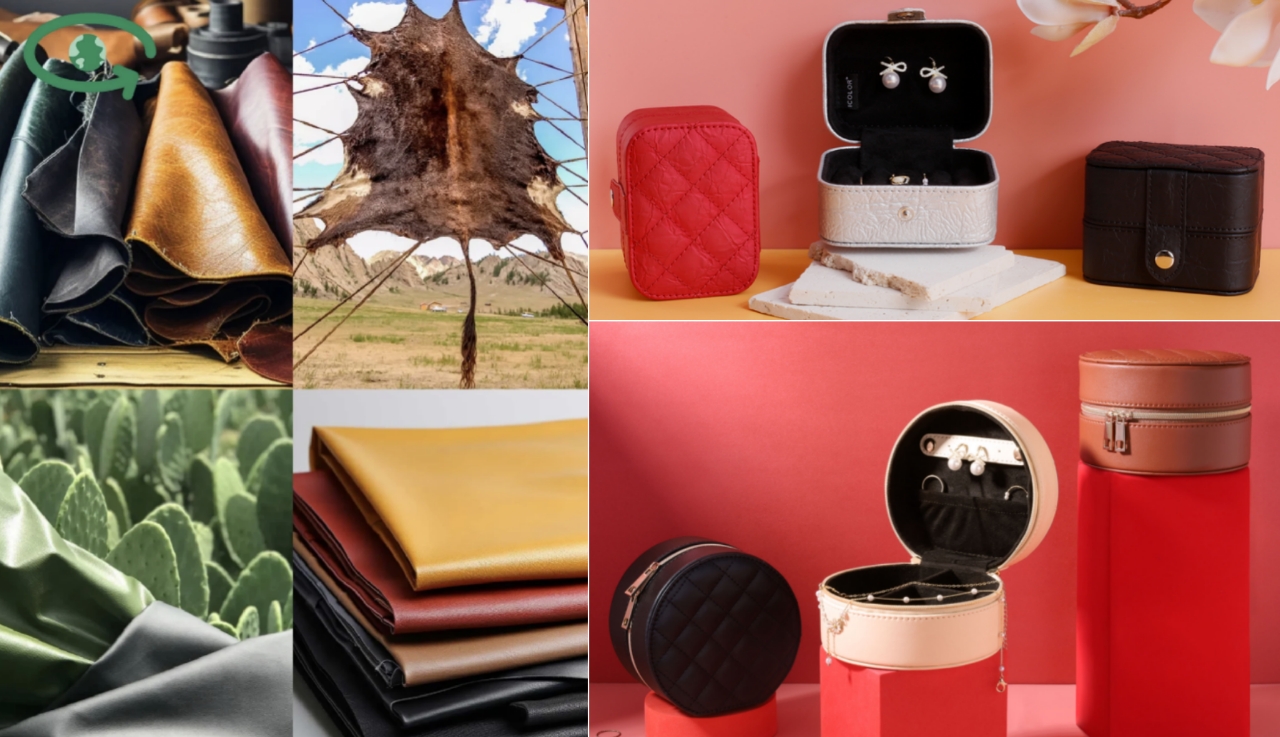
Vegan Leather Makeup Cases: The Sustainable Gifting Solution for Skincare Brands in 2026
Jul .31.2025
As the beauty industry evolves, skincare brands are under increasing pressure to align with consumer values like sustainability while delivering functional, stylish products.

















